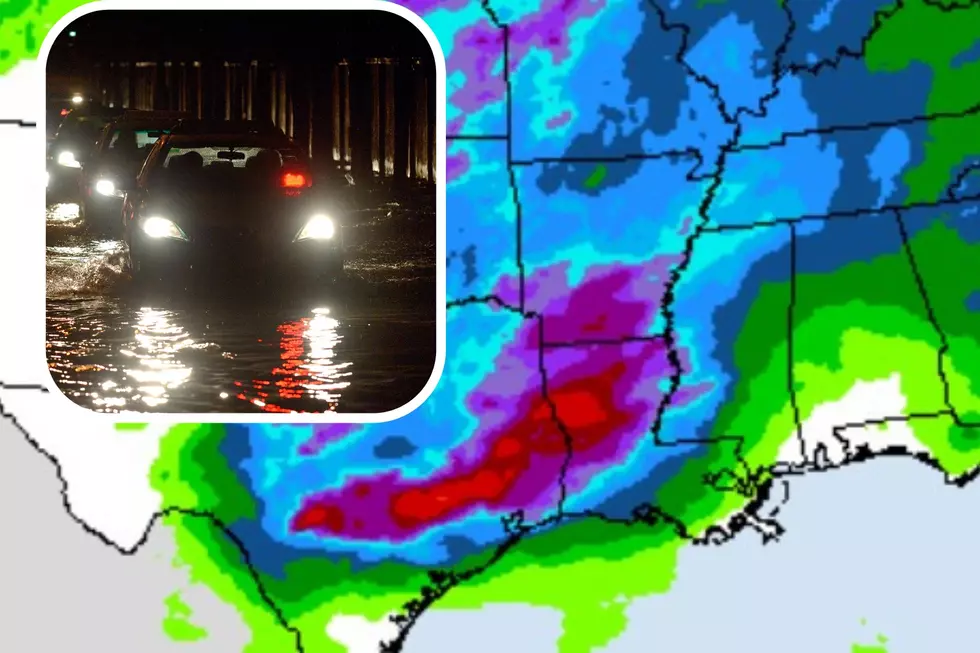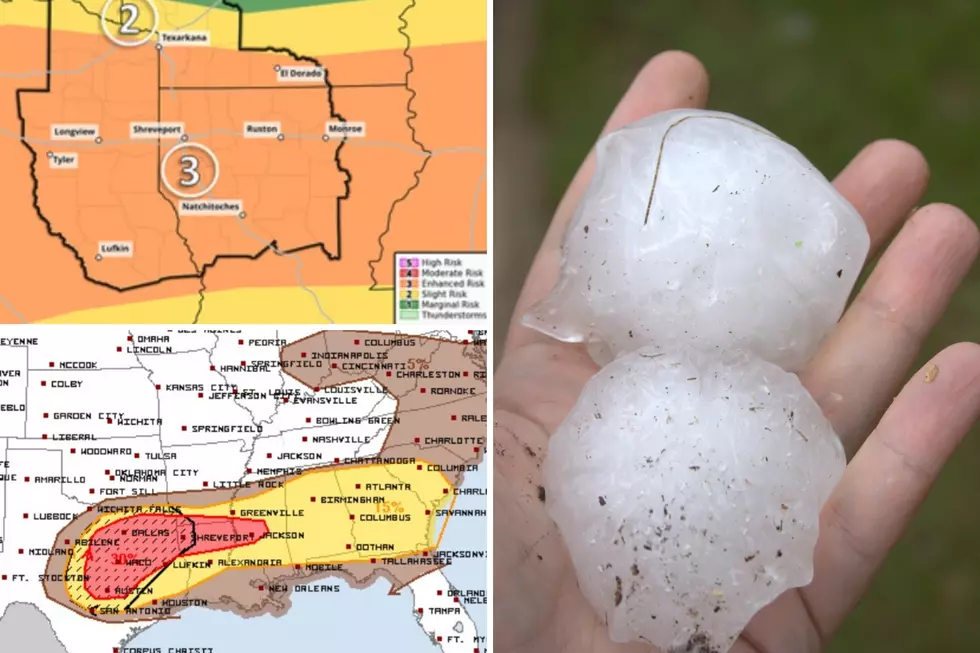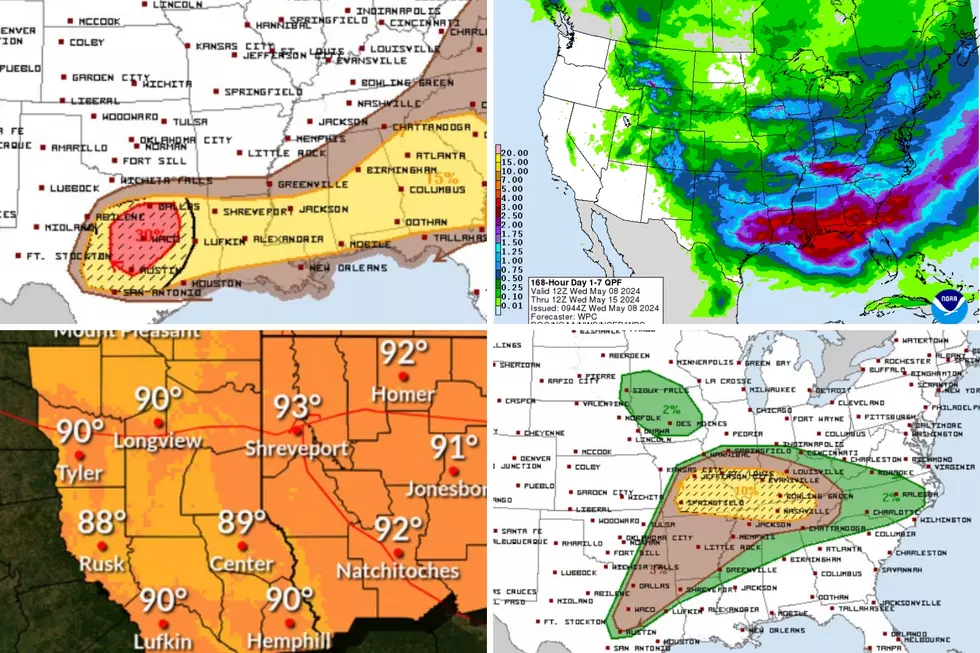
These Death Traps Are Showing Up All Over Yards in Texas
What Are These Circles?
A few days ago I was walking under a big oak tree in my backyard when I noticed scores and scores of circular indentations in the sand. Yeah, my grass has died and now turned to desert sand.
Anyway, here are some pics of them.
I've seen these depressions in past years, but I didn't think much about them. I figured they were something like impact craters from falling acorns, or maybe miniature crop circles formed by tiny aliens with tiny tractors.
Those are Death Traps
After doing some research, I discovered that those craters are made by something called the antlion, or more specifically, the larval stage of an antlion.
That's a pretty gnarly-looking creature, huh?
These funnels in the sand are death traps. Any small bug that haphazardly sets one leg within the perimeter of the ring will descend down the slippery sandy slopes of the circle where the beastly antlion awaits.
Just watch...
Given my hatred of fire ants, I decided to experiment and led one of them towards the funnel. As advertised, the ant lost its footing and slipped to the bottom of the deathly lair. Luckily for the fire ant, the antlion apparently abandoned this pit long ago. I had to kill the fire ant myself.
In fact, out of the dozens of death circles I dug up, I didn't find one antlion. I guess the high cost of housing is hitting everyone hard.
What's in a Name?
The larval stage of an antlion is referred to as a 'doodlebug'. I don't know about you, but I've always heard doodlebug as one of the ways you can refer to a roly-poly or a pill bug.
This guy looks like a cross between a mini-armadillo and a microscopic VW bug, but this 'doodlebug' is completely different from the doodlebug shown previously that looks like something Winnifred Sanders would keep as a pet.
I did find a roly-poly at the bottom of a couple of these death pits in my backyard, but it had already been sucked dry.
For more on antlions, click here. A special thanks to the entomology department at the University of Nebraska - Lincoln for providing some answers.
Antlion
More From Kicks 105






